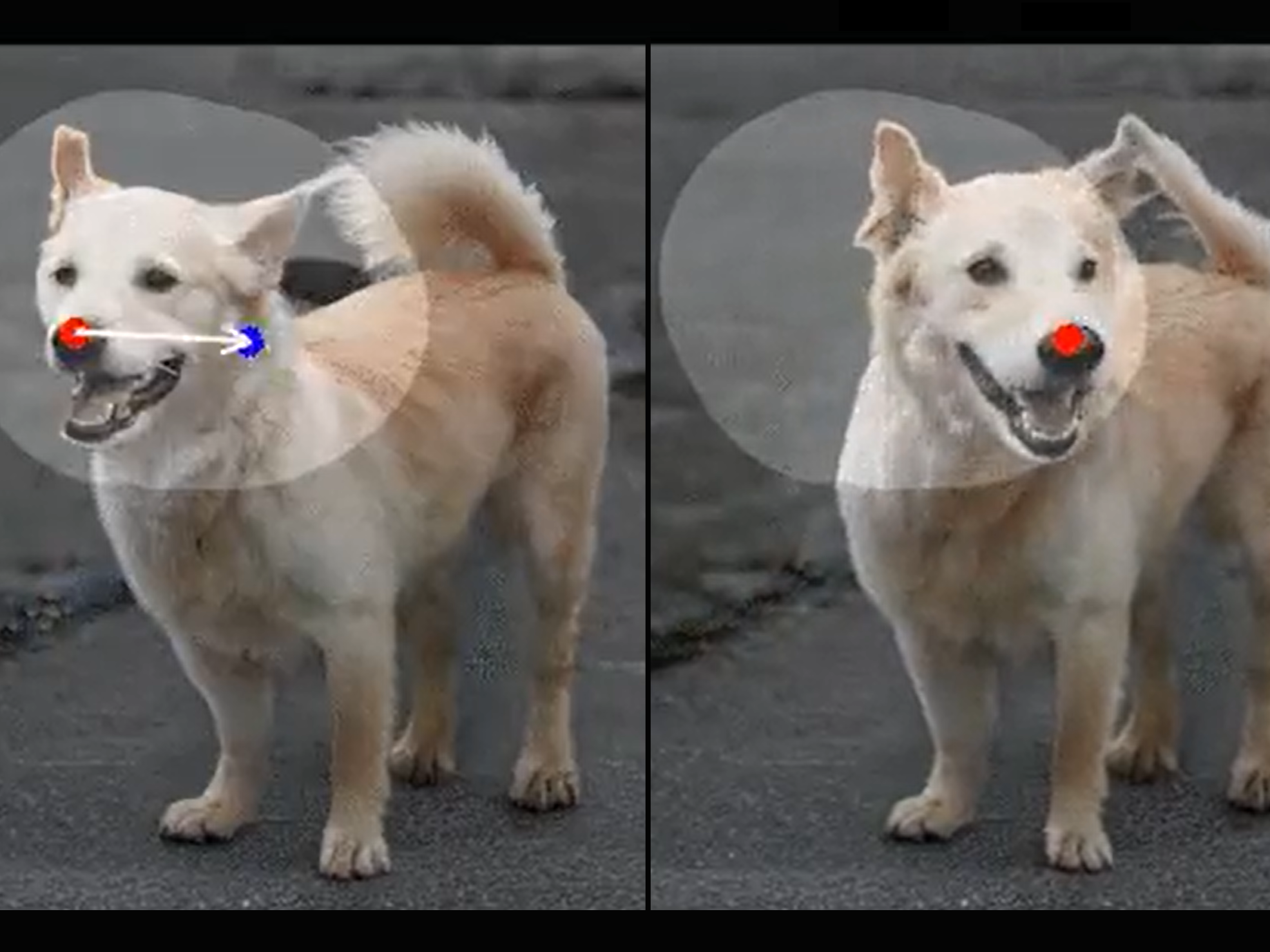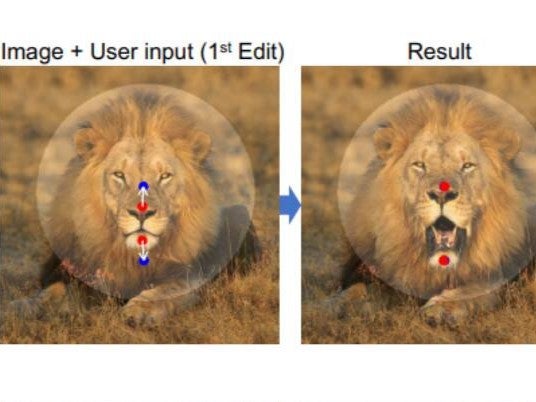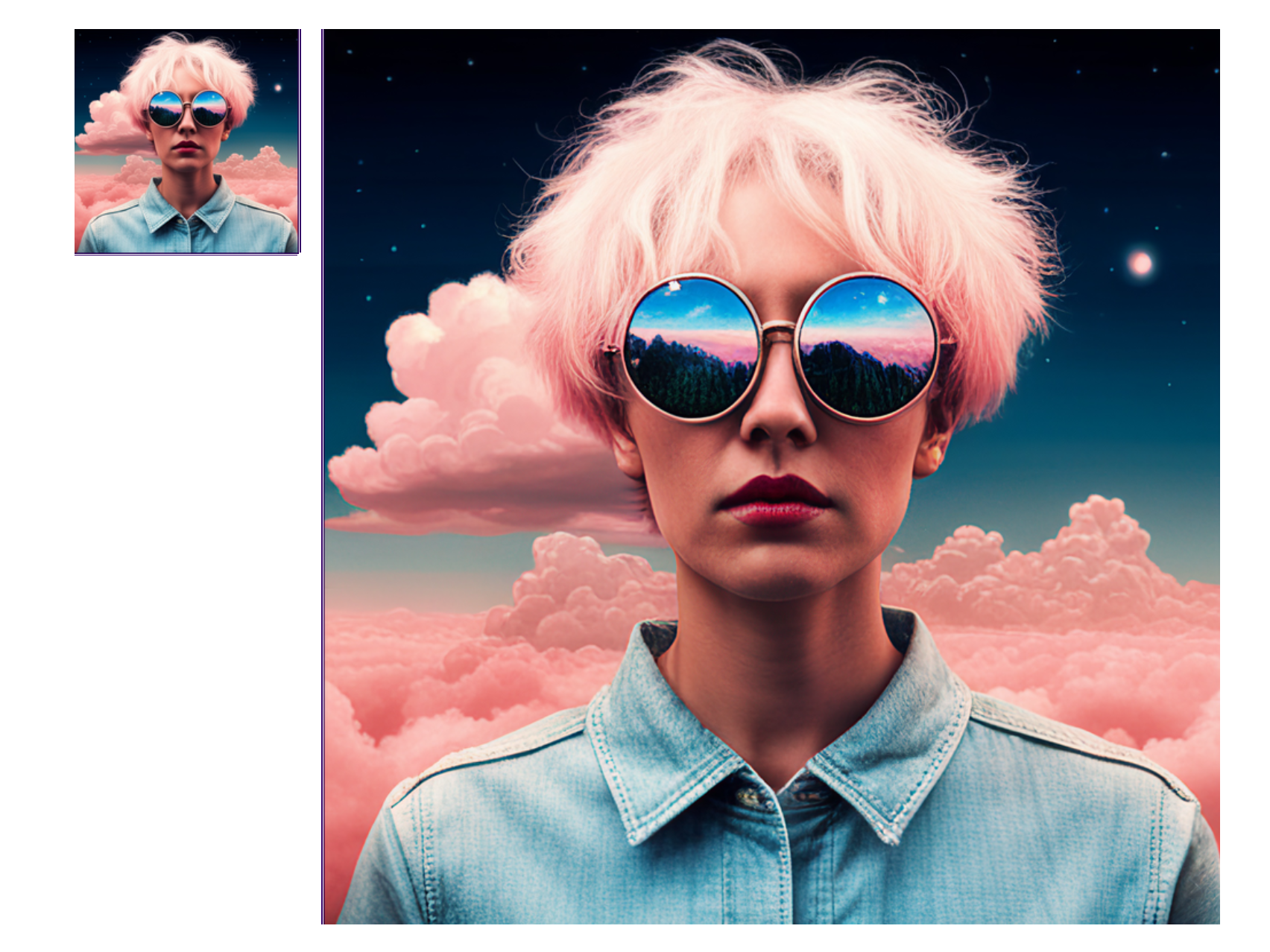‘RIP photoshop’: New AI can alter any photo with the click of a mouse
DragGAN and Stability AI allow users to radically alter images with no prior editing experience

Your support helps us to tell the story
From reproductive rights to climate change to Big Tech, The Independent is on the ground when the story is developing. Whether it's investigating the financials of Elon Musk's pro-Trump PAC or producing our latest documentary, 'The A Word', which shines a light on the American women fighting for reproductive rights, we know how important it is to parse out the facts from the messaging.
At such a critical moment in US history, we need reporters on the ground. Your donation allows us to keep sending journalists to speak to both sides of the story.
The Independent is trusted by Americans across the entire political spectrum. And unlike many other quality news outlets, we choose not to lock Americans out of our reporting and analysis with paywalls. We believe quality journalism should be available to everyone, paid for by those who can afford it.
Your support makes all the difference.New AI tools that use generative artificial intelligence to manipulate photos have rendered traditional editing tools like PhotoShop obsolete, according to experts.
One recently unveiled product called DragGAN allows users to radically alter pictures – from facial expressions to the layout of a landscape – with no prior editing experience.
Developed by researchers at Google and the Max Planck Institute of Informatics, DragGAN works through a system that uses multiple points that users can “drag” to create different effects without compromising the image’s realism.
“RIP Photoshop,” wrote tech entrepreneur and AI commentator Lorenzo Green. “In just a few clicks, you’ll be able to edit any image exactly the way you want... The applications are endless.”
Examples of applications include changing the position of the Sun in the sky, altering the size and setting of a vehicle and editing an animal’s head to change its expression and shape.

A research paper detailing the technology explained how the approach can “hallucinate occluded content, like the teeth inside a lion’s mouth”, while also deforming an object’s rigidity, like the bending of a horse’s leg.
“Through DragGAN, anyone can deform an image with precise control over where pixels go, thus manipulating the pose, shape, expression, and layout of diverse categories such as animals, cars, humans, landscapes, etc.,” the paper stated.
Other features recently launched by generative AI companies include Stability AI’s upscaler that allows users to quadruple the resolution of an image without compromising the sharpness of the original.
“Since the emergence of digital imagery, it has been nearly impossible to expand small images into larger ones without compromising the quality of the image,” the company wrote in a recent blog post detailing the advance.
“Upscaling adds to popular tools by expanding small images into larger ones while maintaining – or even improving – their level of detail.”

While these tools currently go beyond what Adobe’s Photoshop is capable of, the photo editing giant announced earlier this year that it is working on generative AI models.
Collectively dubbed Firefly, the next-generation features will allow creators to create images, audio, video, illustrations and 3D models with simple text inputs.
“Generative AI is the next evolution of AI-driven creativity and productivity, transforming the conversation between creator and computer into something more natural, intuitive and powerful,” David Wadhwani, president of Adobe’s Digital Media Business, said in March.
He added that the tools would help customers by “increasing productivity and creative confidence... from high-end creative professionals to the long tail of the creator economy.”

Join our commenting forum
Join thought-provoking conversations, follow other Independent readers and see their replies
Comments